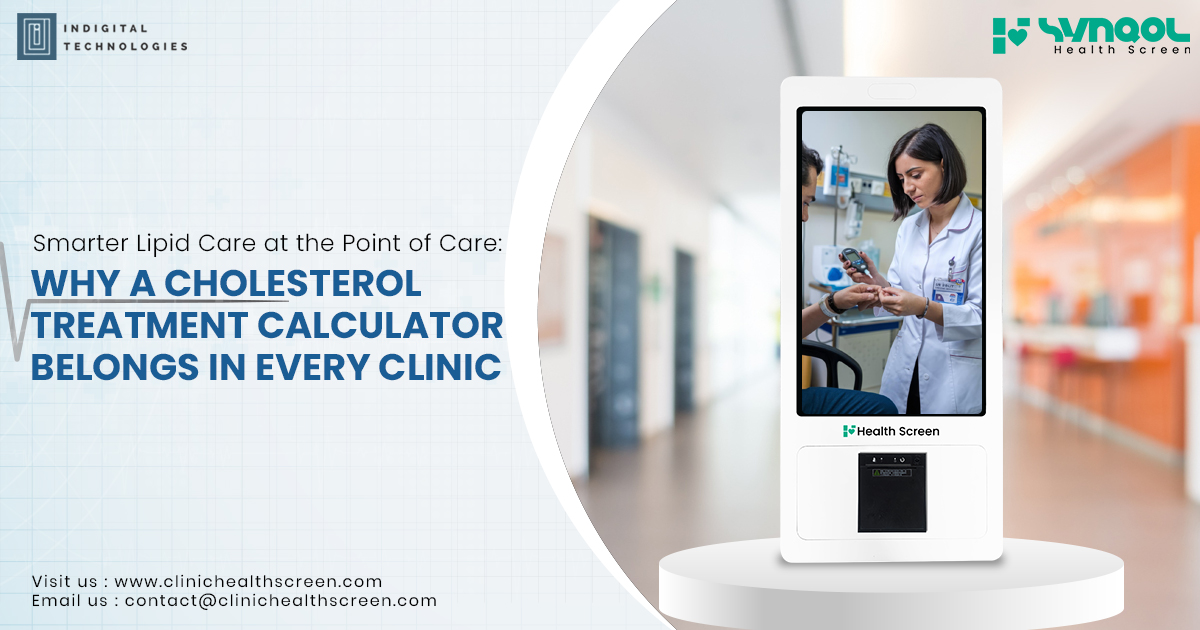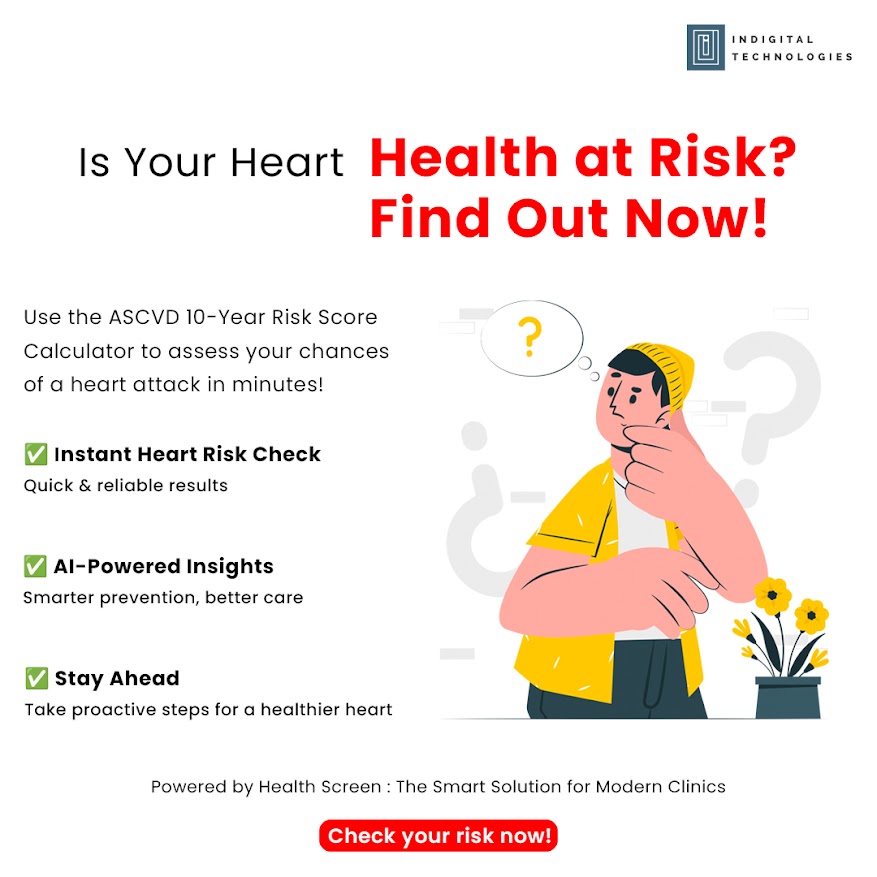For busy clinics and brand teams, cholesterol management often stalls at two points: risk discussion and treatment alignment. A cholesterol treatment calculator—embedded into the clinical workflow—turns abstract numbers into clear, shared decisions in under a minute. This post outlines how a calculator improves clinical consistency, speeds up conversations, and creates measurable value for healthcare professionals and pharma brand managers alike.
What a “Cholesterol Treatment Calculator” Should Do
A robust tool goes beyond a simple risk score. It should:
- Estimate 10-year atherosclerotic cardiovascular disease (ASCVD) risk using age, sex, blood pressure, lipids, diabetes/smoking status, and therapy flags.
- Classify treatment intensity (e.g., lifestyle only, moderate- vs high-intensity statin) based on patient category: secondary prevention, severe hypercholesterolemia, diabetes with risk enhancers, or primary prevention with risk thresholds.
- Surface LDL-C targets/thresholds and add-on considerations (ezetimibe, PCSK9 inhibitors) when targets aren’t met.
- Generate a patient-friendly print or WhatsApp summary that translates risk into “what this means for me,” including lifestyle pointers and next-step labs.
Why Clinicians Benefit
1) Consistency and speed. A calculator standardizes the first 90 seconds of lipid management—risk, threshold, and next steps—so clinicians can spend the rest of the visit on adherence and lifestyle barriers.
2) Documentation that matters. Auto-captured inputs (BP, LDL-C, comorbidities) and outputs (recommended intensity/targets) support audit trails, referral letters, and follow-ups.
3) Better counseling. Visual risk meters and “LDL-C progress to goal” bars make benefits of treatment tangible, nudging adherence.
Why Brand Managers Care
1) Right patient, right message. When calculators segment patients by risk and LDL-C gap to goal, brand education can be mapped to appropriate therapy tiers—ethically and precisely.
2) Measurable engagement. Usage metrics (number of risk assessments, time-on-tool, follow-up prints sent) translate clinical utility into brand-safe KPIs.
3) In-clinic presence without clutter. A digital tool communicates value at the moment of decision—no extra leaflets or shelf space.
Design Principles for a High-Trust Calculator
- Guideline-aligned logic. The tool should reflect widely accepted risk categories and LDL-C thresholds, with transparent rules visible to clinicians.
- Minimal clicks. Pre-filled demographics from EHR/OPD intake; one screen for inputs; instant output card.
- Culturally clear language. Patient summaries in English and regional languages; avoid jargon while keeping clinician detail in a collapsible section.
- Actionable outputs. Show target LDL-C, suggested intensity tier, and a concise lifestyle plan (diet quality, physical activity, sleep, tobacco cessation), plus a reminder for repeat lipids in 4–12 weeks after therapy changes.
- Privacy by design. No patient identifiers in printed/WhatsApp summaries unless the clinic opts in; secure storage and role-based access.
Where SynQOL Health Screen Fits In
Indigital Technologies’ SynQOL Health Screen brings the calculator to the front line—on a clinic-side display with a doctor console—so risk assessment, treatment tiering, and patient education happen in one flow:
- One-tap calculator: Enter or pull latest BP/lipids; auto-classify risk and suggest statin intensity tiers alongside LDL-C goals.
- Patient-facing visuals: A clean risk dial and “to-goal” tracker show why therapy matters, improving acceptance of treatment changes.
- Instant summaries: Print or share a concise plan to the patient’s phone (in English/Hindi/Gujarati/Marathi, etc.).
- Follow-up nudges: Optional reminders for repeat lipid tests and adherence check-ins.
- Analytics for clinics/brands: De-identified usage dashboards show how often the tool is used, typical risk profiles, and education content engagement—useful for quality improvement and compliant brand initiatives.
Implementing in Your Clinic or Program
- Pick defaults (e.g., preferred guideline framing, local lab units).
- Train staff to capture vitals/lipids before the consult so the calculator is “one tap away.”
- Standardize the summary—what patients take home becomes your clinic’s lipid playbook.
- Measure what matters: time saved per consult, completion of follow-up labs, LDL-C goal attainment, and adherence proxy metrics.
Bottom line: A cholesterol treatment calculator, delivered through SynQOL Health Screen, turns lipid management into a clear, data-led conversation—helping clinicians standardize care, patients understand “why now,” and brand managers support responsible, outcomes-oriented education at the point of care.





